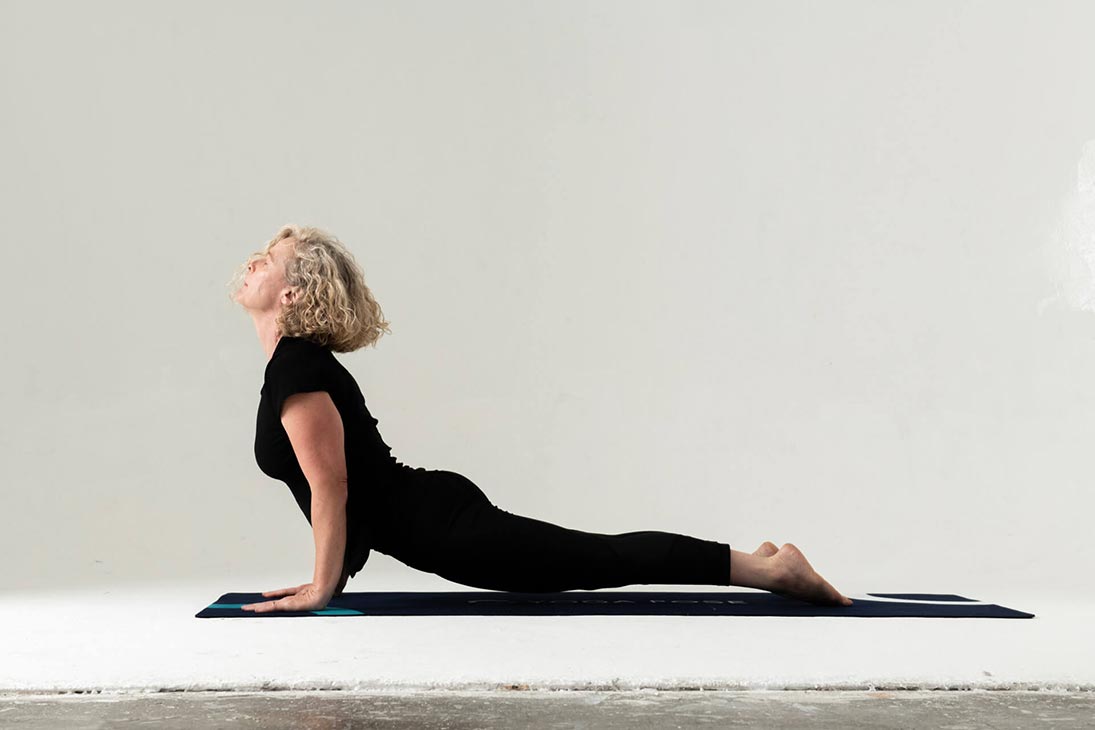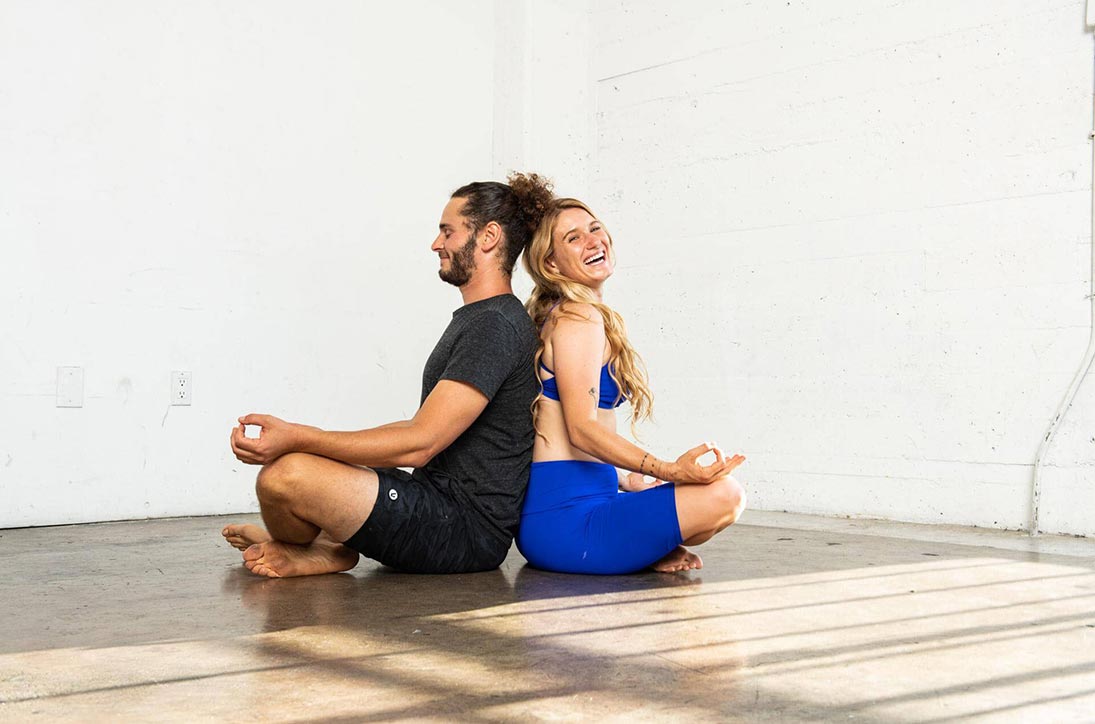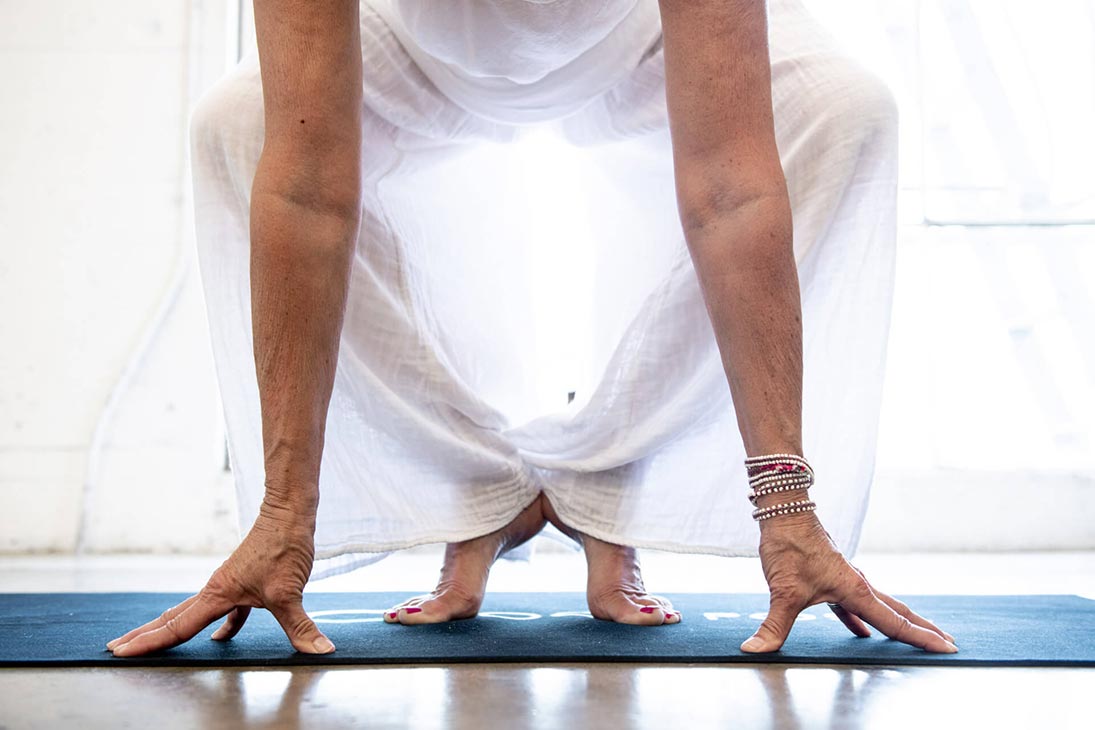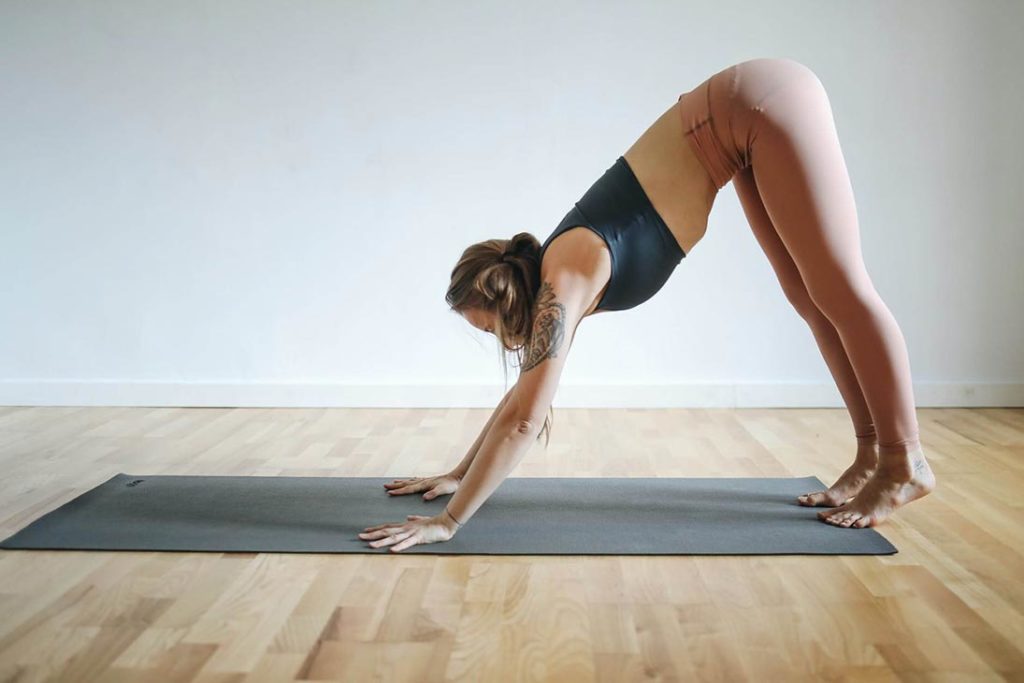“I can’t do yoga, I’m not flexible.” It’s one of the most common phrases yoga instructors hear, yet it couldn’t be further from the truth. Yoga is a tool that can be tailored to any fitness level. Read on to learn why yoga isn’t only accessible for those that aren’t flexible, but ideal.

Yoga Is Not a Flexibility Contest
It doesn’t matter if you’re 70 in a wheelchair or a 20-something athlete, you can benefit from yoga. It’s not a flexibility contest and the most “advanced” or “enlightened” person is not the one who does the most advanced poses.
Practicing yoga is about staying present in the moment and embracing the journey of strengthening body and mind. It’s both a mental and physical practice that offers a reprieve from the endless day-to-day stress and gets your body moving. In pop culture, yoga is often viewed as a form of exercise, but it’s a powerful tool for finding inner peace, reducing stress and even managing chronic conditions like depression, anxiety, insomnia and high blood pressure.
Yoga helps you become flexible. Everyone has to start somewhere and you simply meet yourself where you’re at. It’s paramount to be mindful in yoga classes and listen to your body, regardless of what the instructor is queuing. You never want to overdo it or attempt a pose your body isn’t ready for. In many yoga classes, the instructor gives modification options for each pose, making it accessible for everyone and giving everyone a path for progression in each pose, over time.

Yoga is for Everybody
If someone tells you yoga isn’t for everyone, they probably only know about one style of yoga. You can try every type of yoga until you find the right practice for you. One of the most beautiful things about yoga is that once you start practicing, it becomes your own. When you’re tired, stressed or upset, you can pause your day by going to your yoga mat and working on a pose or resting in the present moment.
It’s ideal to have instruction from a certified yoga instructor when you first try yoga, but it’s a practice you can start on your own as well. There are plenty of yoga postures you can safely practice at home, as well as countless books and online resources to help you outside of an in-person yoga class.

Overview of Different Styles of Yoga
Chair Yoga: Ideal yoga style for those that struggle with immobility, poses are modified to be done with the support of a chair.
Restorative Yoga: Ideal for mediation and rest. Slow transitions, props for support and only a few poses per class, with an emphasis on activating the parasympathetic nervous system. Modified to suit your level.
Hatha Yoga: Suitable for all levels. Combines yoga postures and breathing to calm body and mind. In a sense, Hatha is known as ‘general yoga’.
Iyengar Yoga: Emphasis on alignment, great for beginners to understand each pose. Yin Yoga: Ideal for meditation and going deep into each pose. Seated postures held for long amounts of time (sometimes only five or so poses per class) with an emphasis on releasing the fascia (tissue).
Kundalini Yoga: Yoga postures combined with heavy breath work. Often deeply personal experience and can be off putting for first timers.
Power/Vinyasa Yoga: Power or Vinyasa Yoga is a fast-paced yoga style that incorporates more challenging poses and transitions and is similar to a cardio-style workout. Most popular form of yoga in the Western world.
Ashtanga Yoga: A set list of sequences always done in the same order, challenging and can take months or years to work up to the entire series. Sun Salutations are a characteristic sequence of Ashtanga Yoga.



